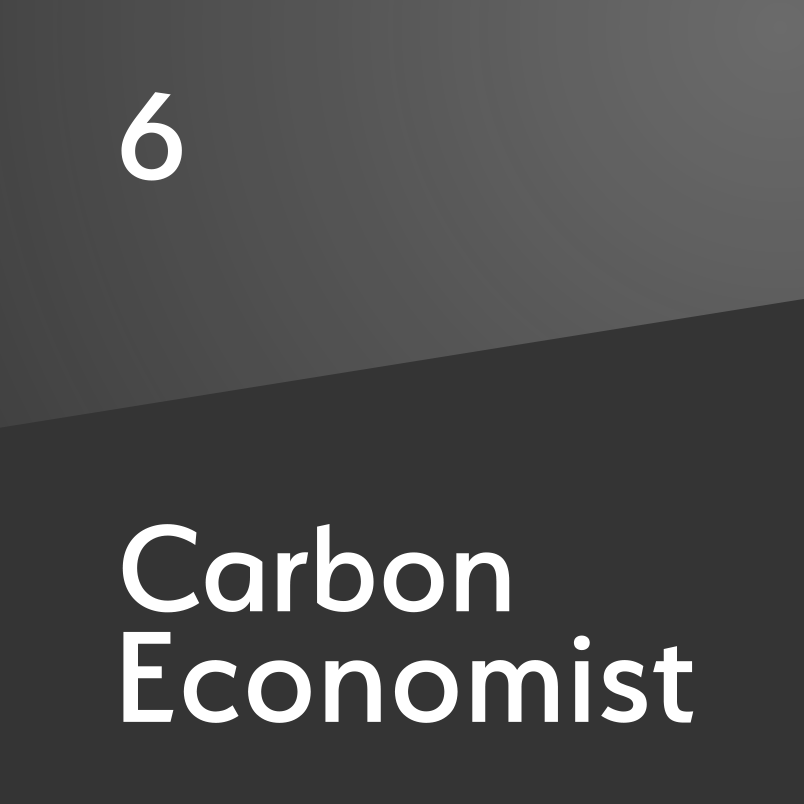Letter on transition: Which future should IOCs be investing in?
In an age of ‘poly crisis’ and ‘radical uncertainty’ the only thing we can say about the future is that it will not be business as usual
When assessing the financial risks associated with climate change, central banks distinguish between ‘transition risks’—the risks to asset values associated with the transition to a low-carbon economy—and ‘physical risks’—the risks to assets as a consequence of extreme climate events and longer-term climate change. The pace of the energy transition is the critical uncertainty that determines the balance between the two risks. An accelerated transition mitigates climate risk but increases the scale of transition risk faced by the incumbent fossil fuel industry, and vice versa. In the last year or so, the debate about the pace of the energy transition has become increasingly fractious and pola

Also in this section
5 December 2025
Mistaken assumptions around an oil bull run that never happened are a warning over the talk of a supply glut
4 December 2025
Time is running out for Lukoil and Rosneft to divest international assets that will be mostly rendered useless to them when the US sanctions deadline arrives in mid-December
3 December 2025
Aramco’s pursuit of $30b in US gas partnerships marks a strategic pivot. The US gains capital and certainty; Saudi Arabia gains access, flexibility and a new export future
2 December 2025
The interplay between OPEC+, China and the US will define oil markets throughout 2026







